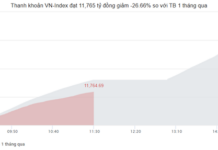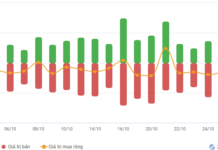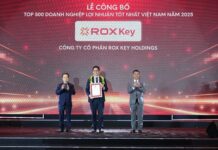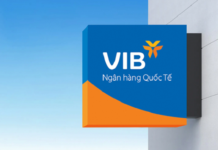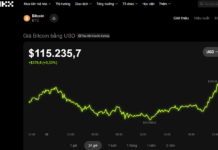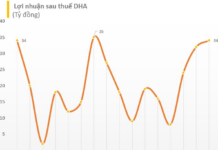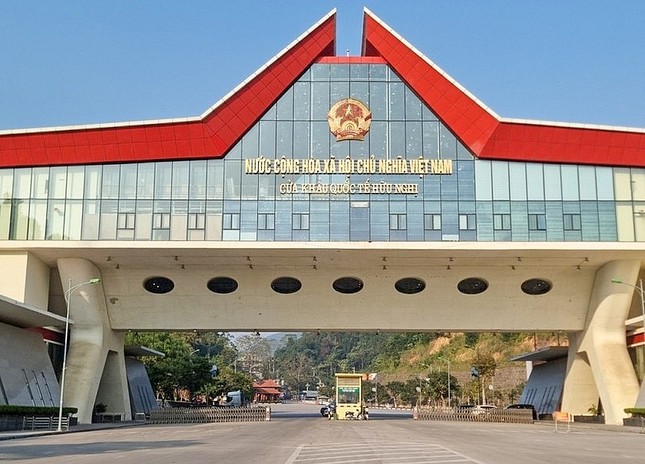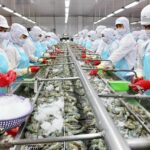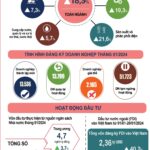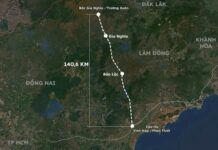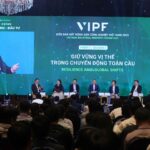A pilot project has been proposed for the construction of a smart border gate at the specialized cargo transport routes in the 1119-1120 and 1088/2-1089 milestone areas, belonging to the Huu Nghi-Huu Nghi Quan international border gate between Vietnam and China.
The project aims to develop a smart border gate at these specialized cargo transport routes, with a focus on utilizing modern technology and infrastructure to enhance the efficiency of import and export procedures.

Huu Nghi International Border Gate (Cao Loc, Lang Son) – a bustling trade hub between Vietnam and China.
The ultimate goal is to establish Lang Son as a key hub for import and export, trade, services, tourism, and border gate economic activities in the Northeast region, as well as a vital gateway for the flow of goods between ASEAN countries and the Chinese market. Additionally, the project aims to transform the Huu Nghi international border gate into a “model border gate,” the most advanced land border gate in ASEAN, characterized by high-tech applications and a modern road transport system linked to seaports and airports.
Furthermore, the project envisions the establishment of the largest road trade and commerce center in Vietnam for ASEAN and Chinese goods, and vice versa. Specific objectives include:
- Piloting a smart border gate with a new import and export cargo clearance model that leverages modern science and technology to enhance clearance capacity and efficiency at land border gates.
- Addressing cargo congestion at border gates, reducing transport and clearance costs, and creating a favorable business environment to attract import and export enterprises.
- Increasing state budget revenues, combating smuggling, commercial fraud, and counterfeit and substandard goods, thereby improving the lives of people living along the border.
- Maintaining political security, social order and safety, and safeguarding national border sovereignty.
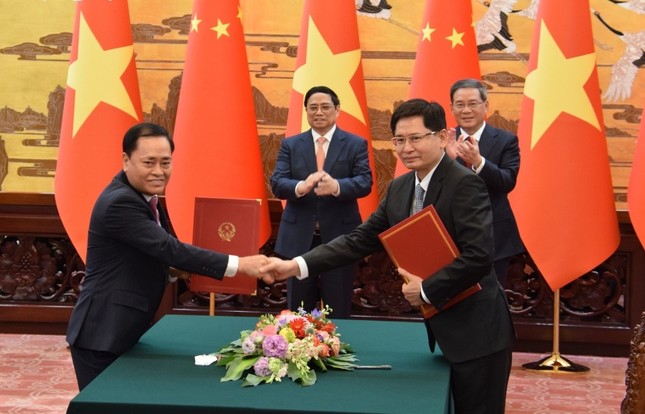
The governments of Vietnam and China, along with the leaders of Lang Son (Vietnam) and Guangxi (China), agree to develop the smart border gate at Huu Nghi (Vietnam) and Huu Nghi Quan (China).
The project sets a target to double or triple the clearance capacity at the specialized cargo transport routes in the 1119-1120 and 1088/2-1089 milestone areas by 2027, compared to the current capacity. Specifically, the number of vehicles cleared per day at the 1119-1120 route is expected to increase from 800 to 2,000-2,500, while the 1088/2-1089 route is targeted to handle 800-1,200 vehicles per day, up from 400 currently.
Looking ahead to 2030, the project aims to quadruple or quintuple the clearance capacity at these routes compared to the present. In terms of trade value, the total import and export turnover of all forms through the 1119-1120 route is projected to reach approximately USD 85 billion, while the 1088/2-1089 route is expected to attain around USD 25 billion.
The project also entails the development of a model for the organization and operation of state management agencies at the border gate, leveraging modern science and technology in the import and export processes at the specified routes. The smart border gate model will be implemented within a separate and enclosed area, applicable to specific types of goods during the pilot period.

Bustling trade activities at the Lang Son border.
Concurrently, the traditional cargo clearance method will be maintained. The selected goods for clearance under the smart border gate model include fruits, electronic components exported from Vietnam and ASEAN countries, and electronic components imported from China. During the pilot phase, discussions will continue with the Chinese side to expand the range of import and export goods to ensure the project’s objectives and effectiveness. The project is scheduled for implementation from Q3 2024 to Q3 2029, comprising two phases: infrastructure development (Q3 2024 to Q2 2026) and pilot implementation (Q3 2026 to Q3 2029).
Vietnam’s Economic Landscape in the First Month of 2024
In January 2024, the country witnessed the reactivation of nearly 13.8 thousand businesses, which is 2.2 times higher than December 2023 and represents an 8.4% decrease compared to the same period in 2023. This resulted in a total of over 27.3 thousand newly established and reactivated businesses in January 2024, marking a 5.5% increase from the previous year.

